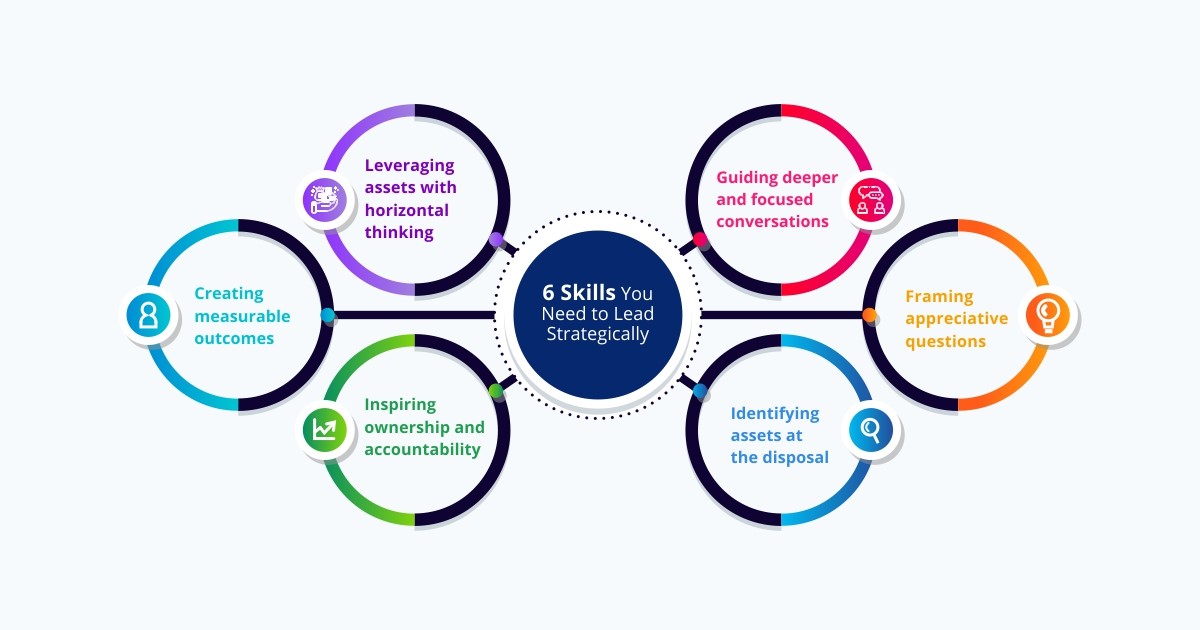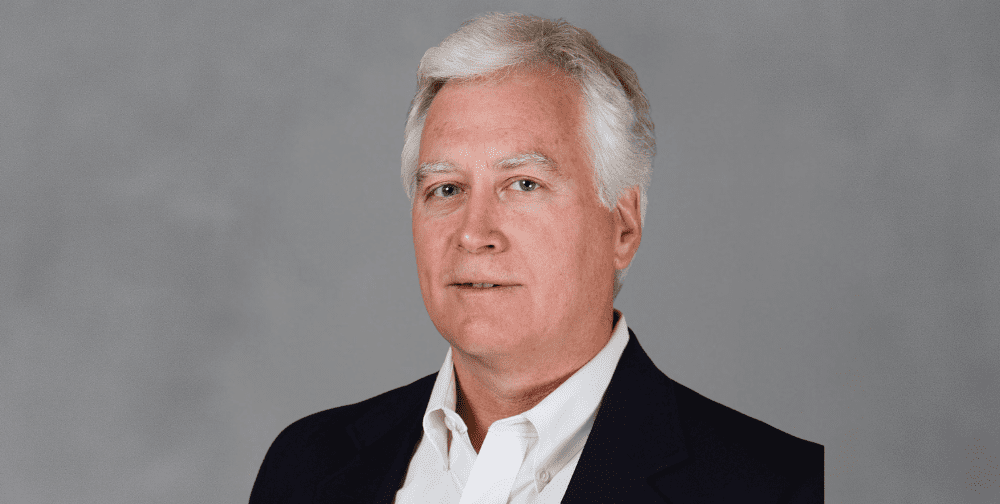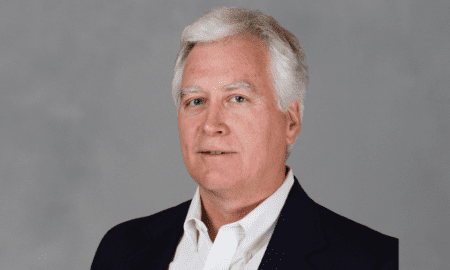Strategic Leadership in a Fast-Paced World
In a world where markets evolve quickly and uncertainty has become the norm, strategic leadership is no longer just desirable—it’s essential. However, not all leaders are equipped for long-term success. It takes a distinct blend of personal traits, experience, and foresight to not only navigate the challenges of today but also prepare for the opportunities of tomorrow. These are the characteristics that separate short-term managers from enduring visionaries.
Says Michael Savage, a known entrepreneur and innovator from New Canaan, a long-term strategic leader is someone who moves beyond the reactive mindset. They develop a proactive, forward-thinking approach that balances present realities with future possibilities. This kind of leadership doesn’t just drive results—it builds legacies.
Visionary Thinking: Seeing the Bigger Picture
One of the most defining qualities of a long-term strategic leader is the ability to see beyond the immediate. Visionary leaders imagine what doesn’t yet exist. They set compelling long-range goals and communicate them in a way that inspires others. Whether steering a corporation through market upheavals or guiding a startup through scaling phases, vision is the compass that keeps an organization aligned and focused.
Strategic vision isn’t static. It evolves as industries shift, technologies emerge, and consumer behaviors change. Strong leaders continually reassess their strategies and refine their goals to stay ahead, not just afloat.
Adaptability in Uncertain Environments
While vision sets the course, adaptability ensures progress. Markets don’t move in straight lines—nor do careers or companies. Adaptable leaders embrace change rather than resist it. They understand that agility is not the absence of a plan but the ability to pivot intelligently when circumstances shift.
Think of leaders who thrived during global crises or economic downturns. Their adaptability allowed them to innovate under pressure, restructure teams efficiently, and find opportunity amid chaos. Long-term strategic leadership is about preparing for change—and thriving in it.
Emotional Intelligence and Empathy
The best strategic leaders understand that businesses are made up of people. Emotional intelligence (EQ)—the ability to recognize, understand, and manage emotions—plays a major role in leadership longevity.
High-EQ leaders build trust more effectively, resolve conflict more constructively, and motivate their teams more consistently. They don’t lead through fear or manipulation; instead, they connect with others, building inclusive environments where people feel seen and heard. This not only improves morale but fosters loyalty—an underrated strategic asset.
Empathy also enhances a leader’s ability to understand different perspectives, which is critical for making informed, balanced decisions in a diverse workforce and global marketplace.
Long-Term Strategic Leaders Invest in Talent
A hallmark of enduring leadership is the ability to develop others. Strategic leaders don’t just manage—they mentor. They recognize potential in their teams and provide opportunities for professional growth. By empowering others, they create a ripple effect of leadership that sustains long after they’ve moved on.
Great leaders also know when to delegate. Rather than hoarding control, they trust their teams and build structures that promote autonomy and collaboration. This decentralization of power is critical for scalability and sustainability.
Consistency Without Rigidity
Consistency in values, communication, and behavior creates a sense of stability and trust. Strategic leaders demonstrate this by making decisions aligned with core principles—even when those decisions are difficult. However, they must balance consistency with flexibility. Sticking to outdated processes or resisting new models simply for the sake of tradition can stifle growth.
Strategic leaders hold tight to their values but remain open to evolving how those values are executed. This trait allows them to modernize while staying grounded—a powerful combination in turbulent times.
Data-Informed, Not Data-Blinded
Modern strategic leaders know how to use data effectively. They seek insights from reliable sources and apply those insights to guide decisions. However, they also understand the limits of data and value intuition, experience, and ethical judgment.
A good leader won’t allow metrics to override human concerns or innovation. Instead, they use data as a tool—not a dictator. Strategic thinking involves weighing evidence, considering consequences, and remaining aware of the bigger picture.
Courage and Decisiveness
Strategic leaders don’t always have the luxury of certainty. In fact, many of the most important decisions are made with incomplete information. That’s why courage and decisiveness are vital.
Effective long-term leaders don’t hesitate endlessly or act recklessly. They evaluate options, consult trusted advisors, and make the best possible decision given the facts at hand. Then, they stand by those decisions with integrity and accountability—another cornerstone of lasting leadership.
A Commitment to Purpose Over Ego
Longevity in leadership doesn’t come from chasing personal accolades. The most respected strategic leaders serve something larger than themselves: a mission, a cause, a community. They focus on creating meaningful, positive impact—whether that’s in a nonprofit setting, a global enterprise, or a tech startup.
Purpose-driven leadership builds trust and fosters resilience. When times get tough, people rally around a shared mission—not the ambition of one individual. Leaders who prioritize purpose over ego are remembered for their contribution, not just their title.
Continuous Learning and Curiosity
No one knows everything. The best leaders know that—and act accordingly. Lifelong learning is essential for strategic leadership, especially in a world where industries can change overnight.
These leaders read voraciously, seek feedback, attend conferences, listen to new voices, and stay up to date with trends. But more than that, they remain curious. They ask questions. They challenge assumptions. They stay humble enough to be taught, no matter how much they’ve achieved.
This mindset of growth enables leaders to remain relevant and resilient across decades—not just quarters.
Reputation and Trust as Strategic Assets
Trust can take years to build—and seconds to destroy. Strategic leaders protect their reputations by acting with transparency, fairness, and reliability. They don’t cut corners, spin truths, or pass blame.
When people trust a leader, they’re more likely to follow their vision, support their initiatives, and stand by them in times of crisis. Reputation is more than a PR issue; it’s a tangible asset with real strategic value.
Thinking Generationally
Finally, what sets long-term strategic leaders apart is the ability to think generationally. While others focus on the next quarter, they’re considering the next quarter-century. This doesn’t mean ignoring short-term realities—it means aligning today’s efforts with tomorrow’s goals.
This long-term mindset influences how leaders invest, who they hire, what partnerships they build, and even how they exit. Their impact isn’t measured just in revenue, but in legacy.
Conclusion
Leadership is not a title—it’s a responsibility. And strategic leadership, especially for the long haul, requires a rare combination of vision, adaptability, emotional intelligence, courage, and purpose. These aren’t traits that develop overnight. They’re cultivated through experience, reflection, and an unwavering commitment to growth.From community leaders to global CEOs, those who embrace these traits position themselves—and those around them—for enduring success.





























